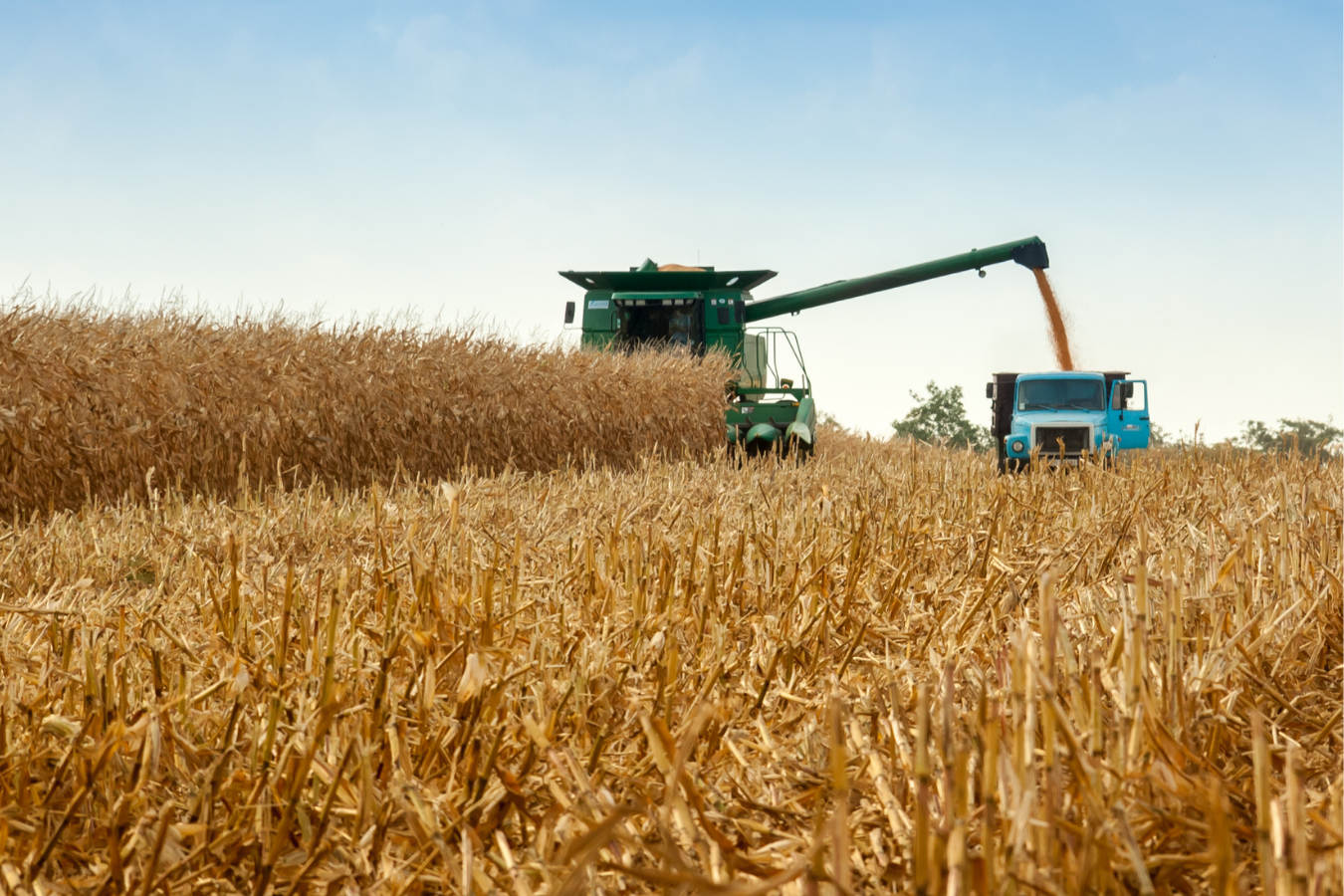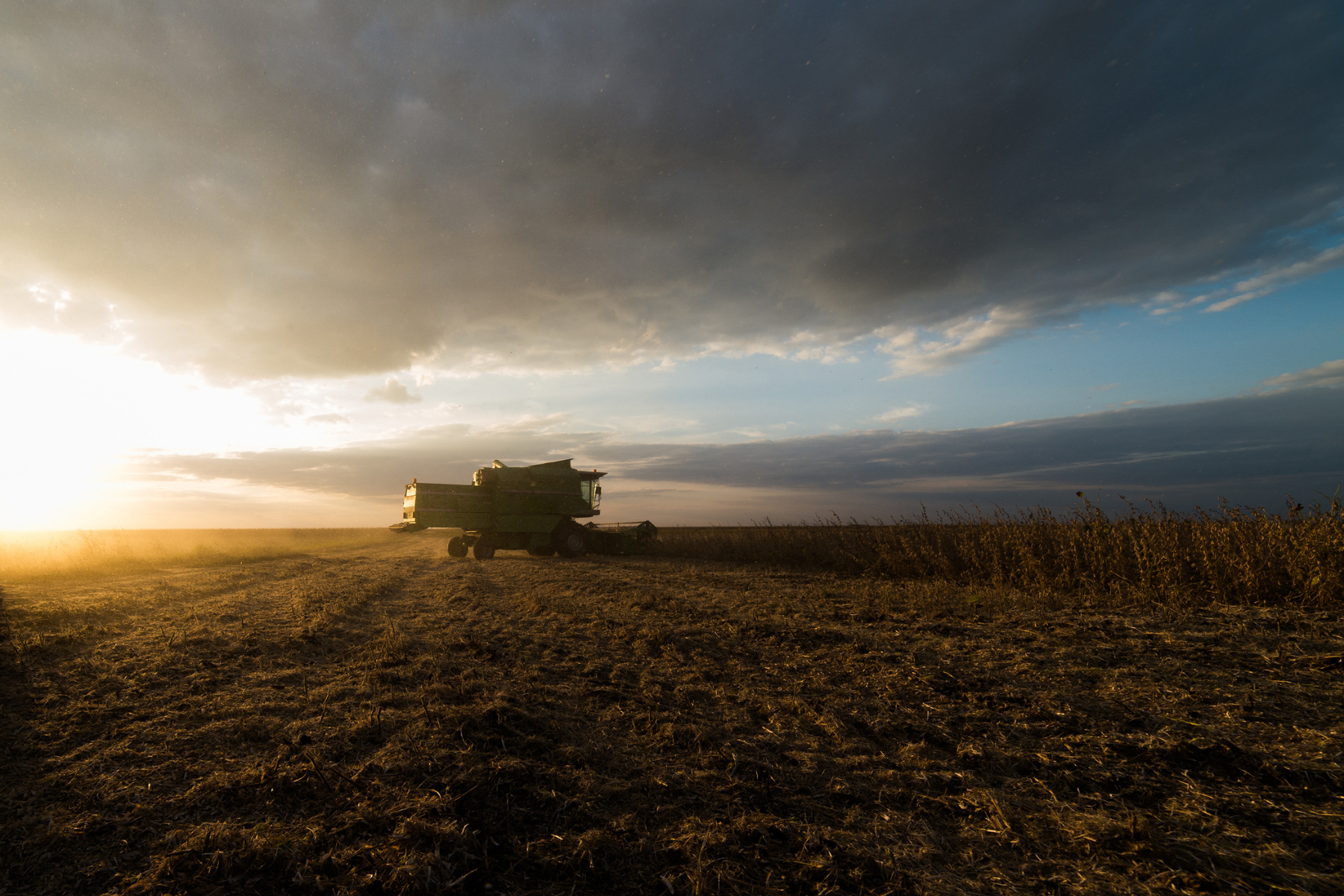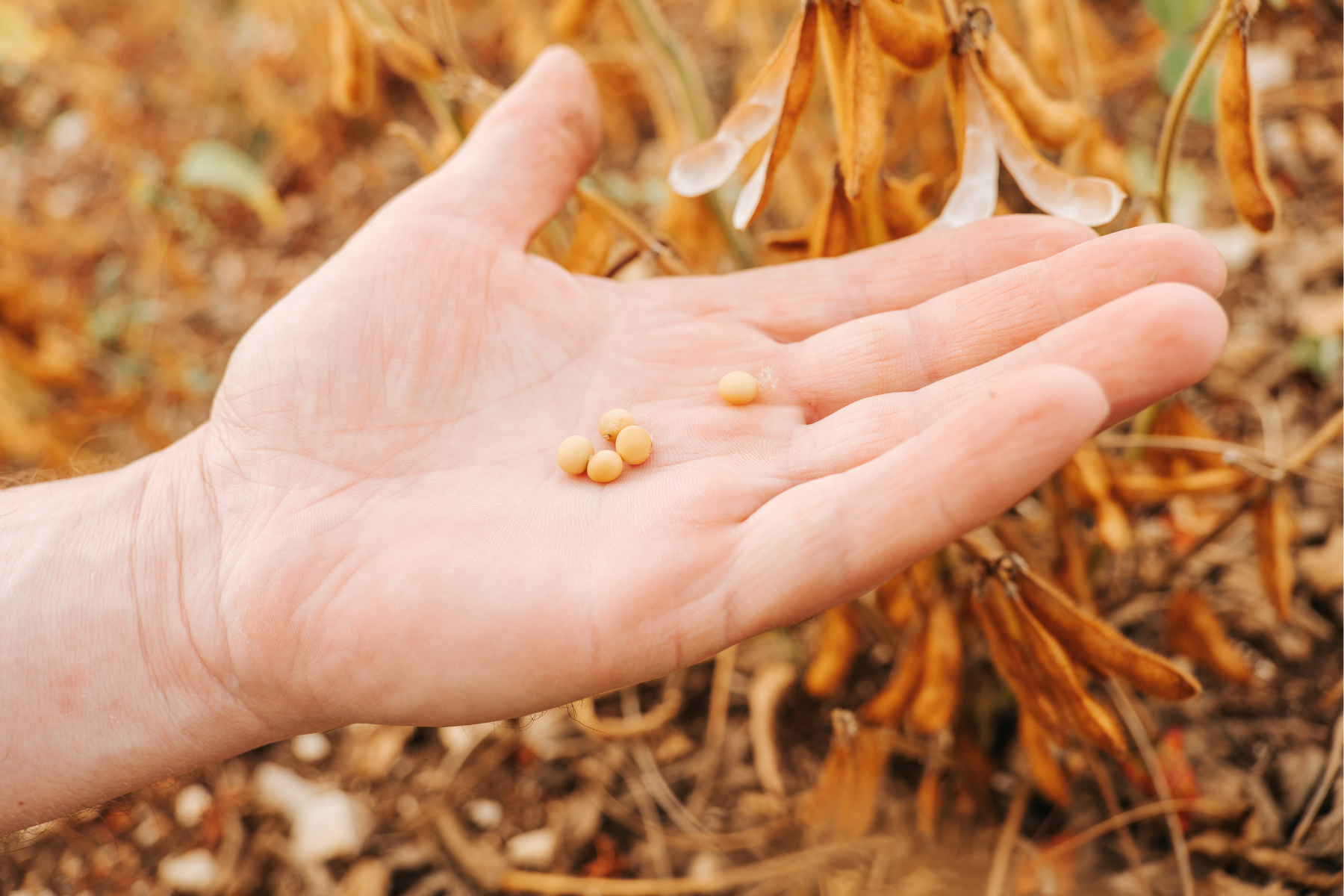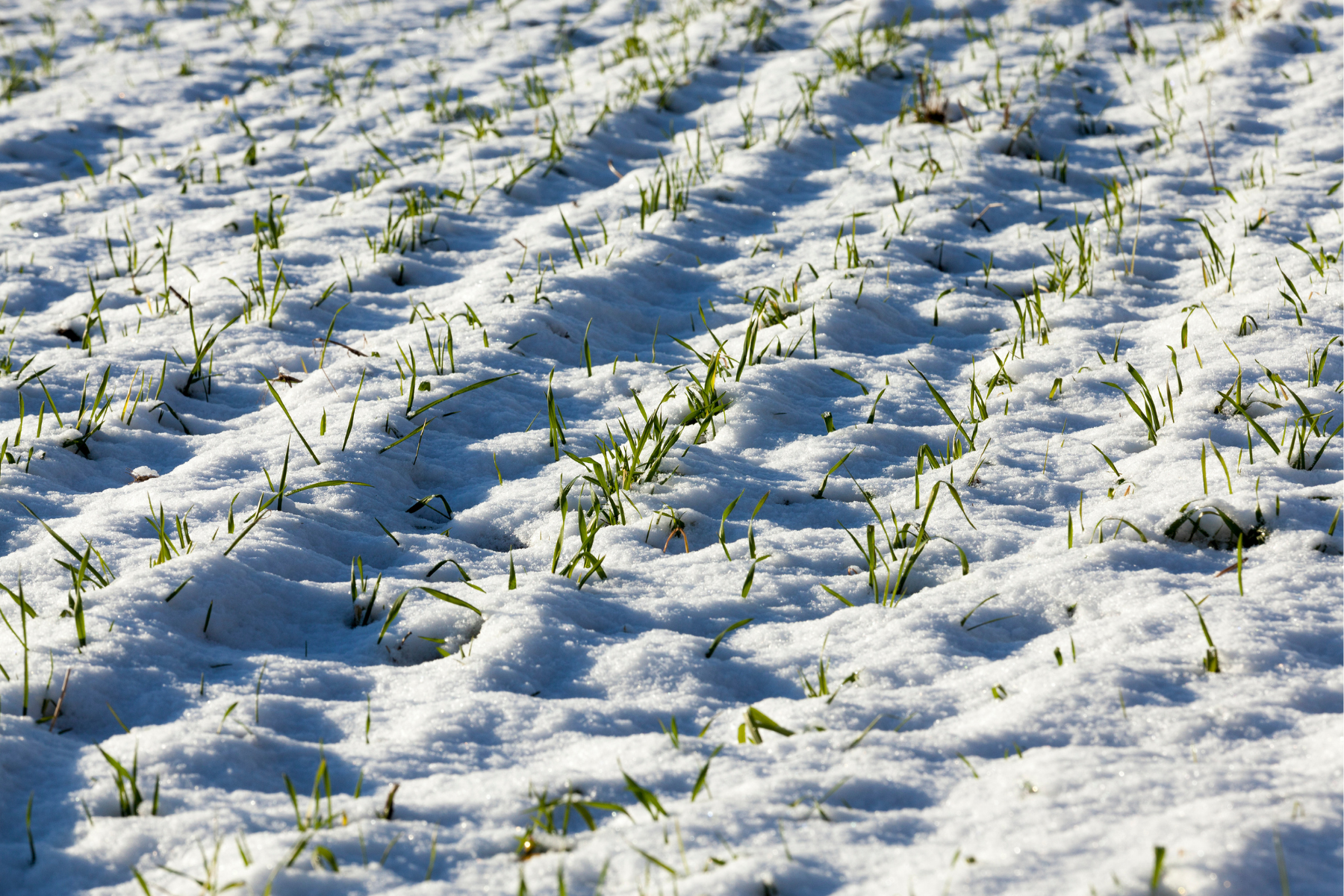By Chris Dervaric, Sylvite
From what I’ve seen and heard, we are now through more than 80% of soybean harvest. That means it’s time to turn our attention to the final battle of the 2025 field season: corn harvest.
Before we get too deep into yield reports and combine adjustments, let’s take a step back and talk about what diseases we should be paying attention to right now. This will help guide our seed and management decisions for next season.
Key Corn Diseases to Watch This Fall
Historically, Tar Spot and Northern Corn Leaf Blight have been major concerns across Ontario. The visual symptoms of both have been present for weeks or even months in many fields. While continued scouting for these diseases remains important, our current focus should shift toward the issues that have recently started to appear:
- Gibberella Ear and Stalk Rot
- Diplodia Ear Rot
Gibberella Ear and Stalk Rot
What it is:
Gibberella ear rot thrives in wet fall conditions, infecting corn ears through the silks. It is typically identified by a pinkish mould on the ear tip and can result in vomitoxin (DON) contamination, which affects grain quality and marketability.
What to do:
- Check ears for pink mould, especially if the weather was wet during silking.
- Harvest early if you detect infection to limit DON buildup.
- Test for DON levels before feeding infected grain to livestock.
Diplodia Ear Rot
What it is:
Diplodia ear rot usually begins as white mould at the base of the ear (opposite of Gibberella). It reduces overall grain quality but, unlike Gibberella, does not produce mycotoxins.
What to do:
- Harvest and dry infected grain quickly to prevent storage issues.
Planning Ahead for 2026
If you encountered significant levels of Gibberella or Diplodia this year, keep the following in mind when planning for next season:
- Choose hybrids with good tolerance to Diplodia and Gibberella.
- Rotate crops to non-hosts such as soybeans.
- Manage corn residue to help reduce disease inoculum.



Timely Corn Harvest
Okay now that we’ve talked diseases. When is it actually time to get in the combine and GO?
You’re aiming for the sweet spot of a moisture between 22 and 25%. Here, we find the balance between potential yield losses (diseases, field loss, kernel damage) and the dreaded drying costs.
If you harvest too early, drying expenses will be higher.
If you harvest late, weakened stalk quality and diseases could increase field loss, elevator discounts, or feed quality issues. To scout for stalk strength, do a push test in several areas of the field. If the stalks kink or break when pushing them sideways, they are showing weak stalk strength and these fields need to be prioritized for harvest, even if moisture is slightly higher than expected.
Each season poses its own unique challenges and opportunities to learn. Whether you find something concerning or need a second opinion, your Sylvite representative is ready to help and we look forward to finding solutions together!



